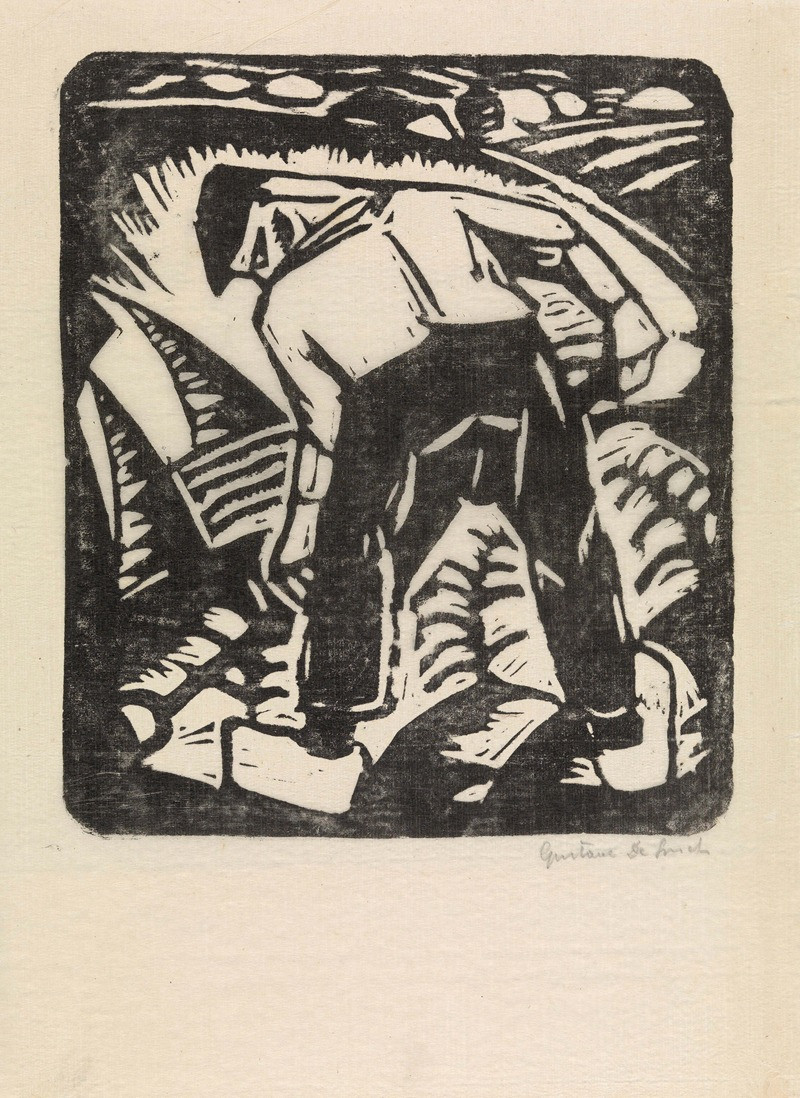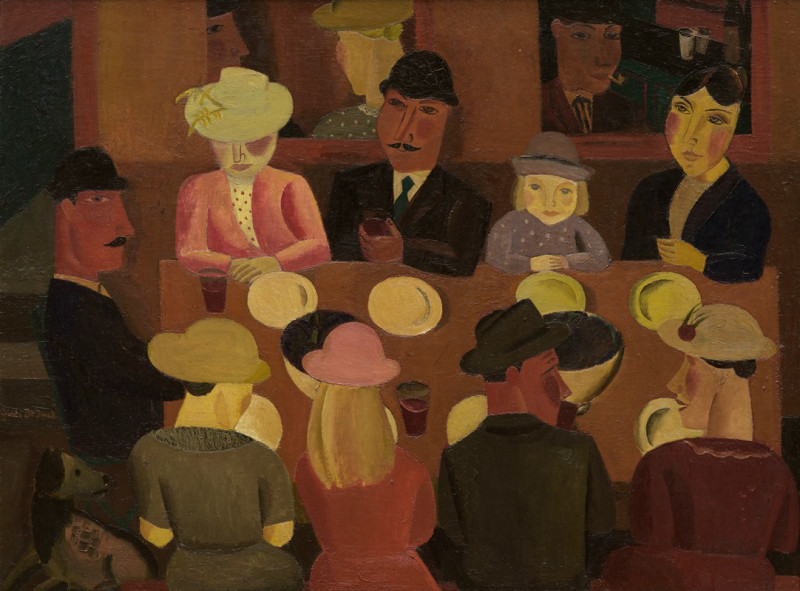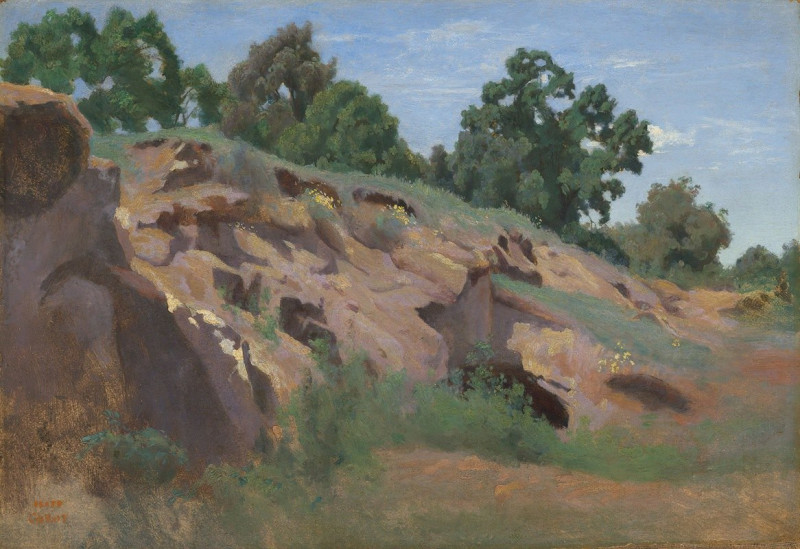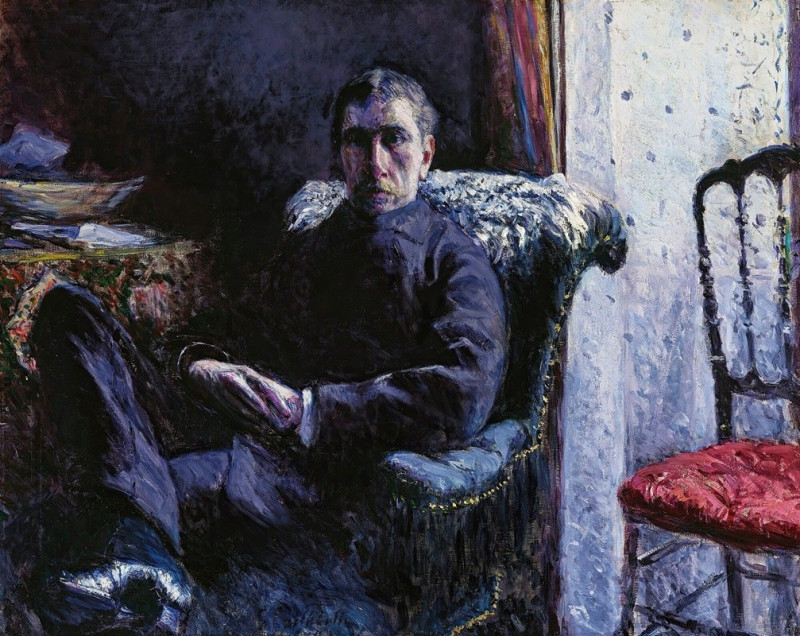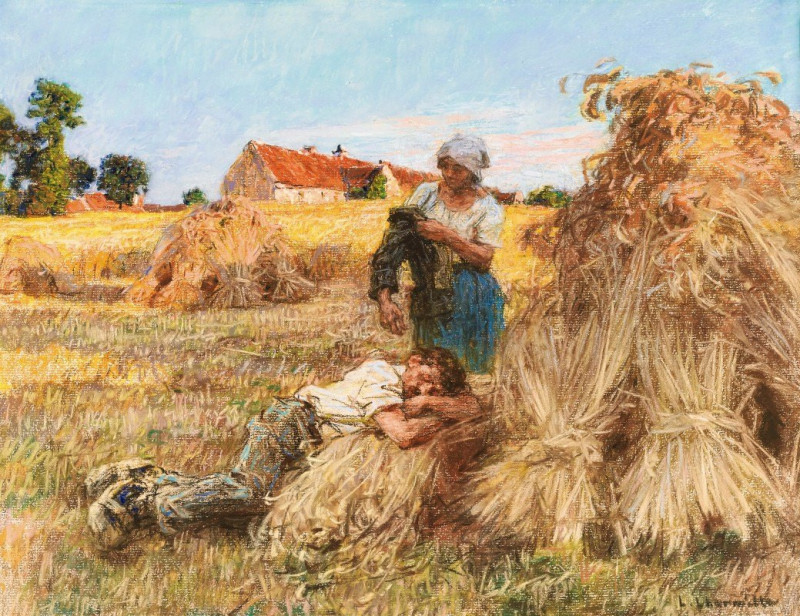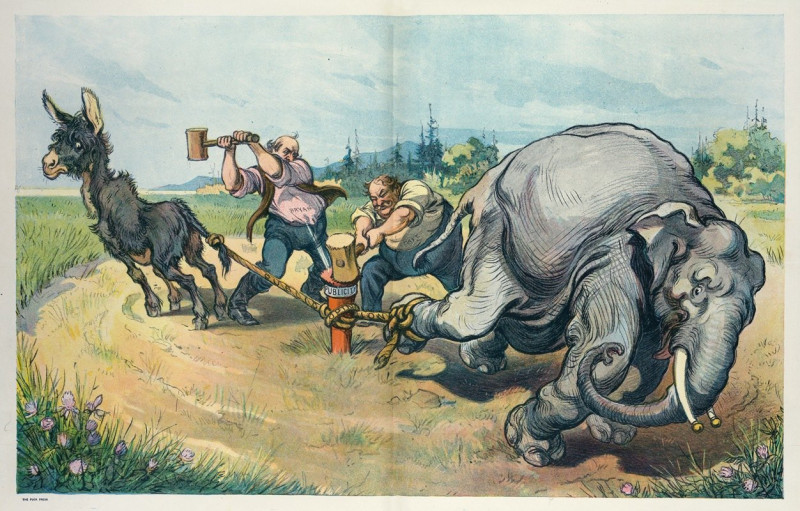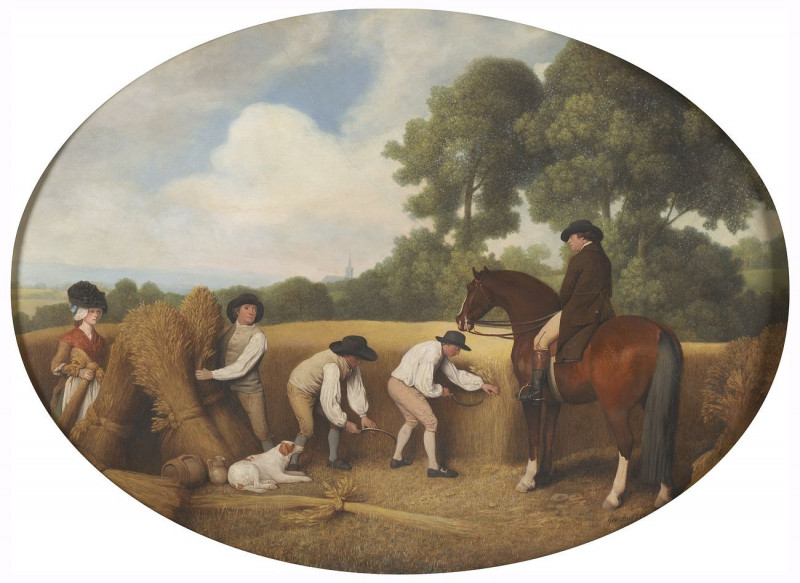The Good House (1926)
Technique: Giclée quality print
Recommended by our customers
More about this artwork
Gustave De Smet's painting, "The Good House" (1926), invites viewers into an enigmatic scene rendered in a bold, expressionistic style. The painting features a group of seven figures assembled inside what appears to be a cramped, angular room, suggesting intimacy and perhaps a clandestine gathering.The composition is striking, with figures rendered in flat, muted tones, which contrasts the brighter accents seen in their attire and the objects they hold. At a glance, four seated women dominate the central space, each adorned in unique outfits that range from stark white to vibrant shades of green and blue. Their faces, pale and distinctively stylized, express various attentions and emotions, contributing to an atmosphere of quiet tension.To the left, a seated male figure, depicted in darker tones of blue and brown, seems to hold a contemplative pose, his gaze possibly directed at one of the central figures. On the right, another male figure interacts quietly with the woman next to him, marked by the subtlest hint of a connection through their similar holding of small, dark cups.This scene is punctured by the robust use of geometry in the room structure and furniture, emphasizing the flatness of the style and adding a cadence to the tableau that is at once modern and mysterious. De Smet's use of color, shape, and form creates a vivid narrative canvas that leaves much to the viewer’s interpretation."The Good House" not only represents a visual feast of forms and colors but also a profound commentary on the era's social dynamics, possibly reflecting on themes of isolation, togetherness, and the complexities of interpersonal relationships.























